Cold emailing has long been a staple of sales and marketing strategies, but when it comes to reaching out to C-suite executives, the stakes are higher than ever. These busy decision-makers have little time to spare and receive countless emails daily. So, how can you make your cold email to C suite stand out and capture their attention? In this blog post, we’ll uncover the secrets of crafting captivating subject lines, personalizing your message, and employing effective follow-up tactics that will maximize your chances of success.
Dive into this comprehensive guide and learn how to master the art of cold emailing C-suite executives. By the end, you’ll be equipped with the knowledge and tools needed to create impactful and targeted cold email to C suite campaigns that resonate with even the most discerning executives.
Key Takeaways
- Craft compelling, personalized subject lines tailored to C-suite executives for increased engagement.
- Incorporate social proof and a clear value proposition in cold emails to demonstrate the success of your product or service.
- Track and analyze KPIs such as open rates, click throughs, responses & conversions for optimization of campaigns targeting C-suite execs.
Crafting Compelling Subject Lines for C-Suite Executives

Given the overflowing inboxes of today, it becomes pivotal to devise captivating subject lines to seize the attention of occupied C-suite executives. Your subject line is the first impression, and it needs to pique their curiosity.
To accomplish this goal, your focus should be on:
- Creating an outstanding subject line
- Maintaining its brevity
- Experimenting with various styles until you find the one that clicks with your target audience.
Make Your Subject Line Stand Out
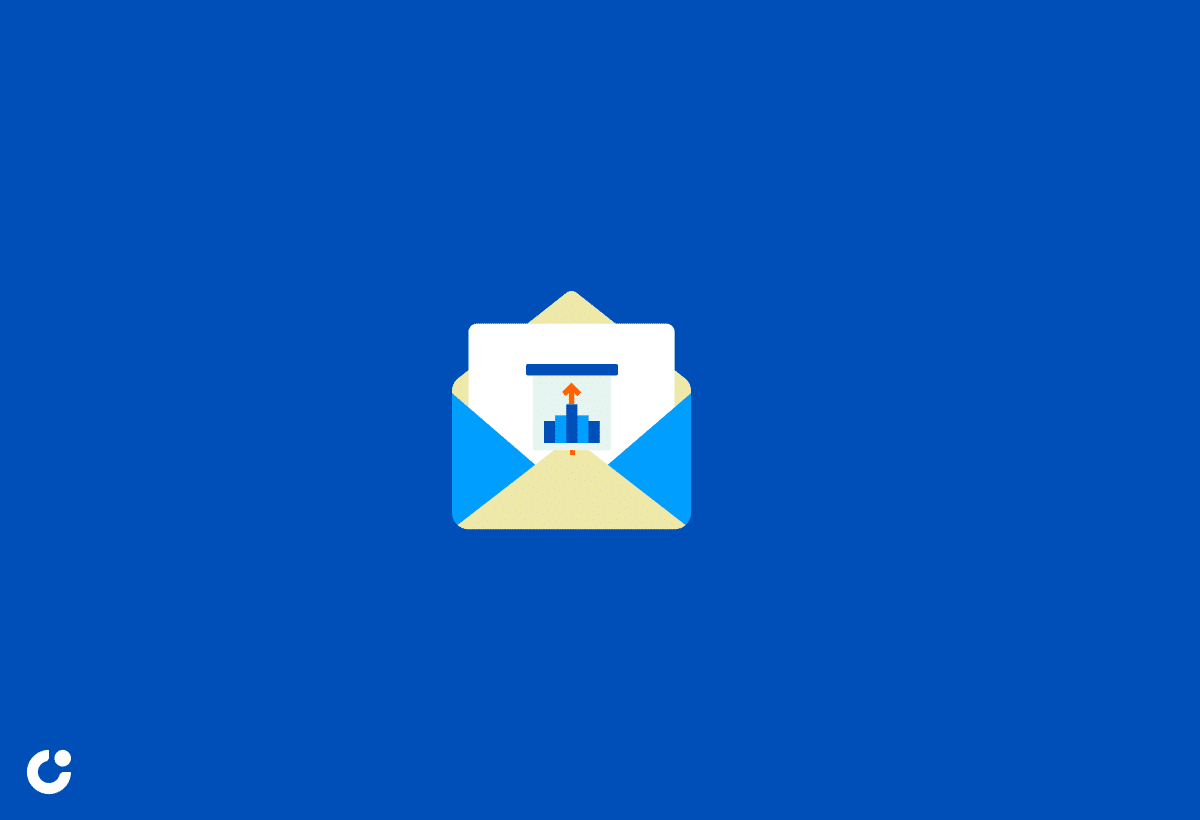
Busy executives are swamped with numerous emails daily, making it crucial for your personalized message to stand out from the crowd. One way to make your subject line stand out is through personalization. Including personalized properties, such as the recipient’s name or a tailored message based on their interests, demonstrates that the email is tailored to them, increasing the likelihood of it being opened and read.
But personalization is just one part of the equation. Your email subject line should also be eye-catching and unique. Emphasize the content and intrigue your reader by asking a question, making a bold statement, or highlighting a key benefit. The goal is to make your subject line stand out in a sea of generic messages.
Keep Subject Lines Short and Focused
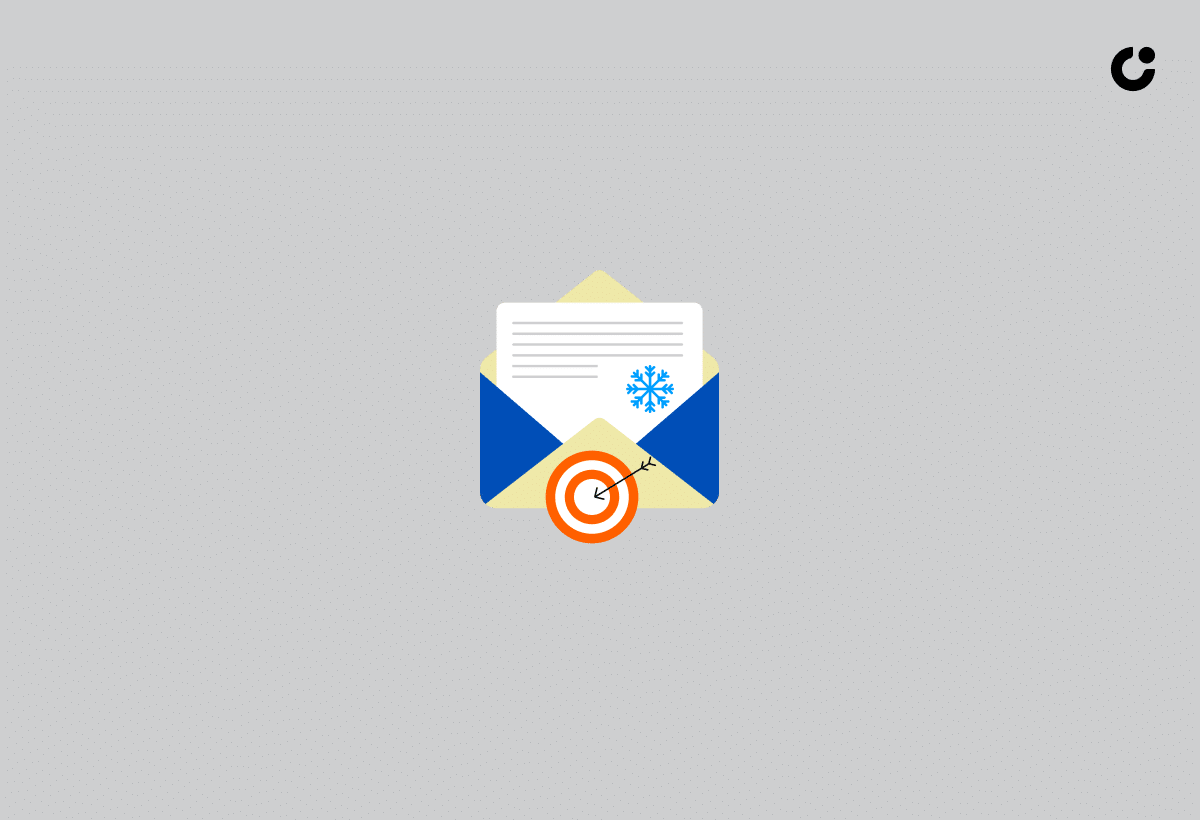
Though creating a striking subject line is crucial, maintaining its conciseness and focus carries equal importance. C-suite executives have busy schedules, and long subject lines can be off-putting. Research has shown that most email clients on mobile devices stop displaying the subject line once it reaches between 33 and 43 characters. Hence, forming a subject line short and concentrated becomes critical in guaranteeing their visibility and readability on mobile devices, particularly when the targets are C-level executives.
To keep your subject lines short and focused, follow these tips:
- Get straight to the point
- Avoid using filler words or jargon, including generic message phrases
- Use action words and strong verbs to convey your message
- Remember that less is often more when it comes to capturing an executive’s attention.
Test Different Subject Line Styles

Not all subject lines are created equal, and different styles resonate with different audiences. To find the most effective approach for engaging your target executives, experiment with various subject line styles such as:
- Personalized
- Curiosity-driven
- Urgent
- Benefit-focused
Testing different styles can help you identify which ones work best for your specific audience and optimize your cold email strategy accordingly.
For example, if you find that curiosity-driven subject lines yield higher open rates, you can focus on crafting subject lines that pique the interest of your target executives. On the other hand, if benefit-focused subject lines resonate more with your audience, emphasize the value that your product or service brings to the table. The key is to test, analyze, and adjust your strategy based on the results.
Researching and Personalizing Your Cold Email

Thorough research and personalization are the keys to making a genuine connection with C-suite executives, including c level executive professionals. To stand out and make a lasting impression, you must go beyond LinkedIn profiles and generic messages.
These are some of the C-suite roles you may want to target:
This section will guide you on how to probe further into the background and interests of your desired executives, identify commonalities, and exhibit genuine interest in their needs and preferences, ensuring you are genuinely interested.
Dig Deeper Than LinkedIn Profiles
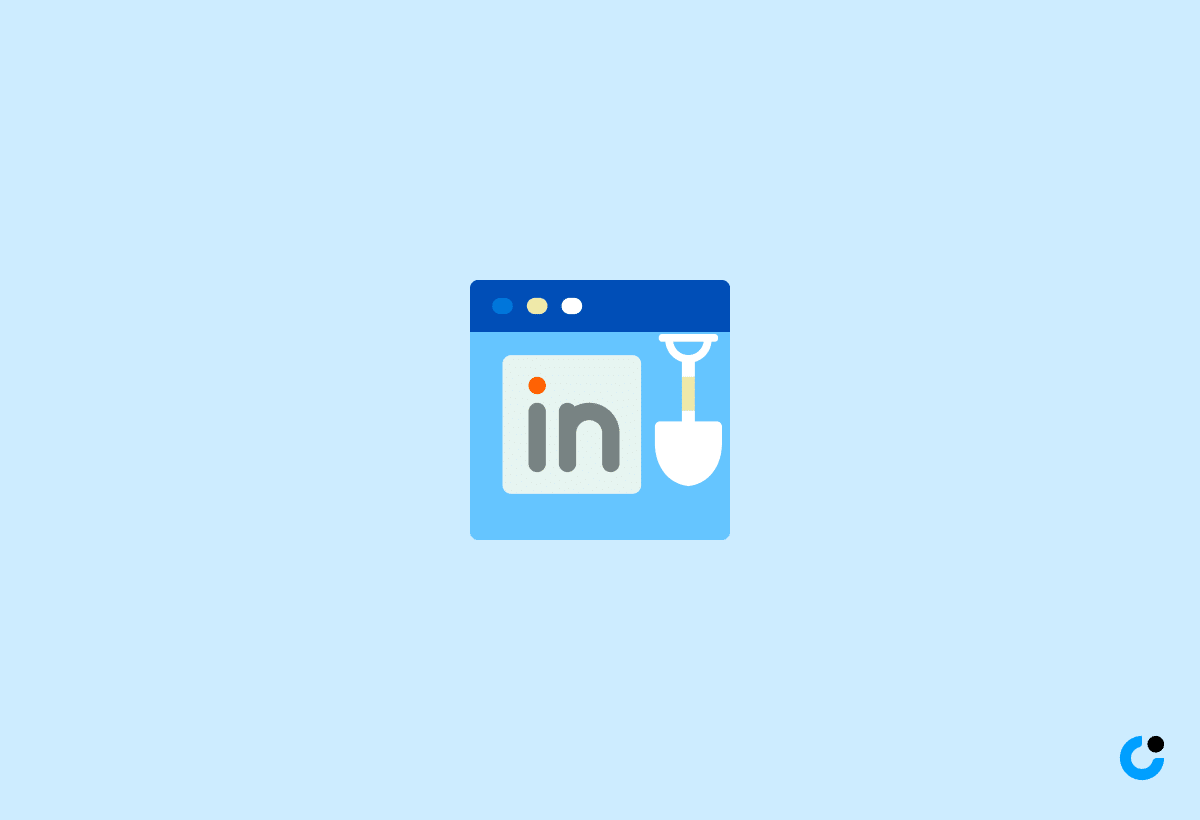
Though LinkedIn proves to be a valuable tool for researching executives, it’s necessary to probe further to construct a more personalized and engaging email. Exploring executives beyond their LinkedIn profiles allows you to gain a more comprehensive understanding of their background and interests. This, in turn, enables you to craft a message that resonates with the executive on a deeper level.
In addition to LinkedIn, consider other platforms such as:
for researching executives. Look for personal information they have shared, company news, noteworthy career accomplishments, and their stance on industry-related topics. This wealth of information will help you craft a compelling and personalized email that captures the executive’s attention.
Find Common Ground and Address Pain Points

Identifying shared experiences or interests can help establish a connection with your target executive. For example, if you both attended the same university or worked at the same company, mentioning this in your email can create a sense of familiarity and trust. Similarly, if the executive has publicly expressed concerns or challenges related to your industry, addressing these pain points in your email can demonstrate your understanding of their needs and position your product or service as a solution.
To do this effectively, focus on the executive’s specific pain points and explain how your product or service can help alleviate these pain point issues. By addressing their challenges head-on and offering a solution, you’ll not only demonstrate your expertise but also build credibility and trust with the executive in sales organizations.
Use Relevant Information to Demonstrate Genuine Interest

One of the most important aspects of successful cold emailing is demonstrating genuine interest in the executive’s needs and preferences. Use the relevant information you’ve gathered during your research to show that you have taken the time to understand their background, challenges, and goals.
For example, if your research reveals that the executive is passionate about sustainability, mention how your product or service aligns with this value. Or, if the executive has recently been quoted in an article, reference their insights and explain how your offering addresses the issues they’ve raised. By using relevant information to demonstrate genuine interest, you’ll increase the likelihood of engaging the executive and fostering a meaningful connection.
Crafting an Effective Cold Email Body
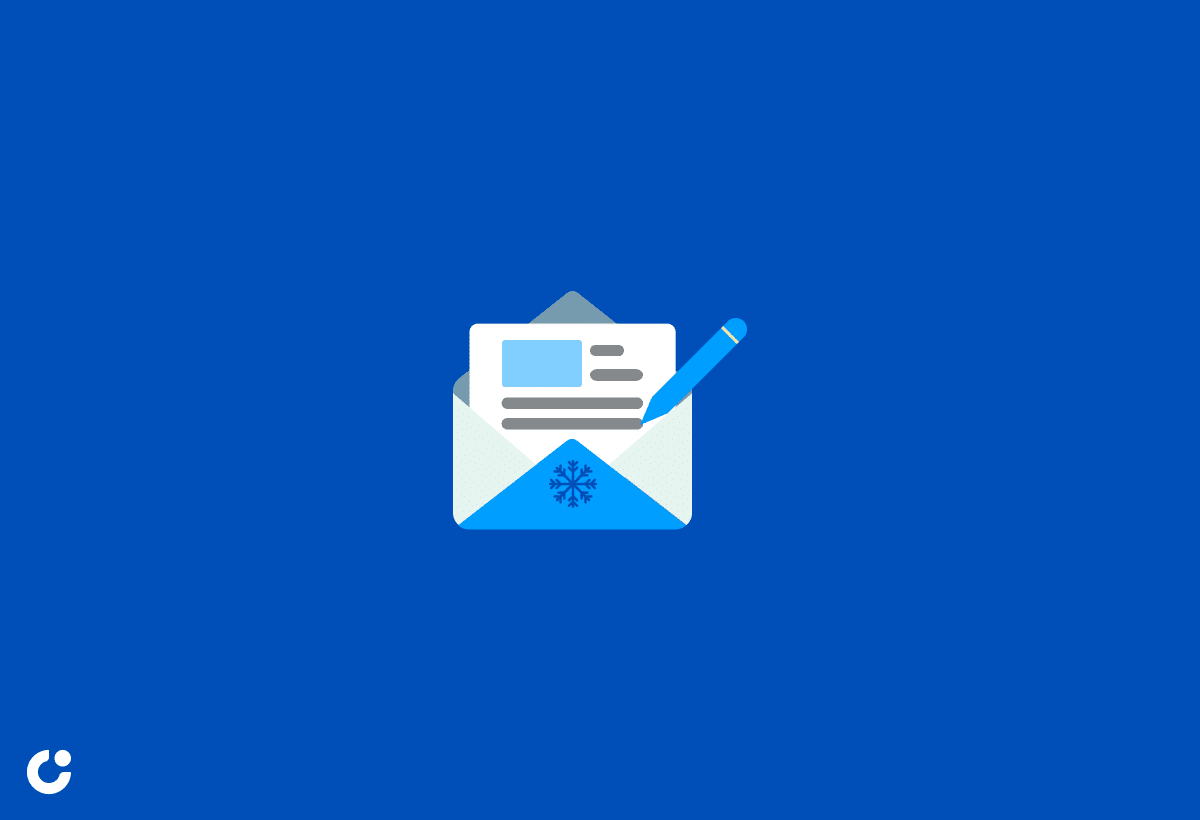
A compelling cold email body is essential in seizing the executive’s attention and persuading them to take action. This section will guide you on presenting an unambiguous value proposition, incorporating social proof, and leveraging bullet points for clarity. By implementing these strategies, you’ll craft a cold email body that resonates with C-suite executives and inspires them to engage with your message.
Present a Clear Value Proposition

To capture the attention of busy executives, your cold email must present a clear value proposition that demonstrates the benefits of your product or service. Clearly articulate how your offering addresses the executive’s pain points and explain how it can help them achieve their goals.
For example, if your research reveals that the executive is concerned about improving team productivity, focus on how your product can streamline communication and collaboration within their organization. By presenting a clear and concise value proposition, you’ll make it easy for the executive to understand the benefits of your offering and pique their interest in learning more.
Incorporate Social Proof

Building credibility and trust is essential when reaching out to C-suite executives. One way to do this is by incorporating social proof in your cold email. Social proof can take the form of testimonials, case studies, or statistics that demonstrate the success of your product or service.
For instance, you could include a quote from a satisfied customer or mention the impressive results achieved by another company using your product. By providing tangible evidence of your offering’s effectiveness, you’ll build credibility and reassure the executive that they’re making the right decision by engaging with your message.
Use Bullet Points for Clarity

Ensuring your cold email is easy to read and understand is critical for capturing the attention of busy executives and avoiding spam filters. One way to achieve this is by using bullet points to break up large blocks of text and highlight key information.
Bullet points can help to emphasize important points, aid busy readers in quickly scanning the content, and provide visual cues that make your email more engaging. When crafting your cold email, consider using bullet points to summarize the benefits of your product, list key features, or outline the steps involved in your proposed solution. This will make your email more accessible and increase the likelihood of a positive response from the executive.
The Importance of Follow-up and Persistence

Follow-up emails coupled with persistence significantly contribute to the success of cold email campaigns. Without diligent follow-up, even the most well-crafted and personalized emails can go unnoticed.
This section will guide you on the significance of timing your follow-up emails, diversifying your content, and monitoring your results to ensure successful cold email campaigns.
Timing Your Follow-up Emails
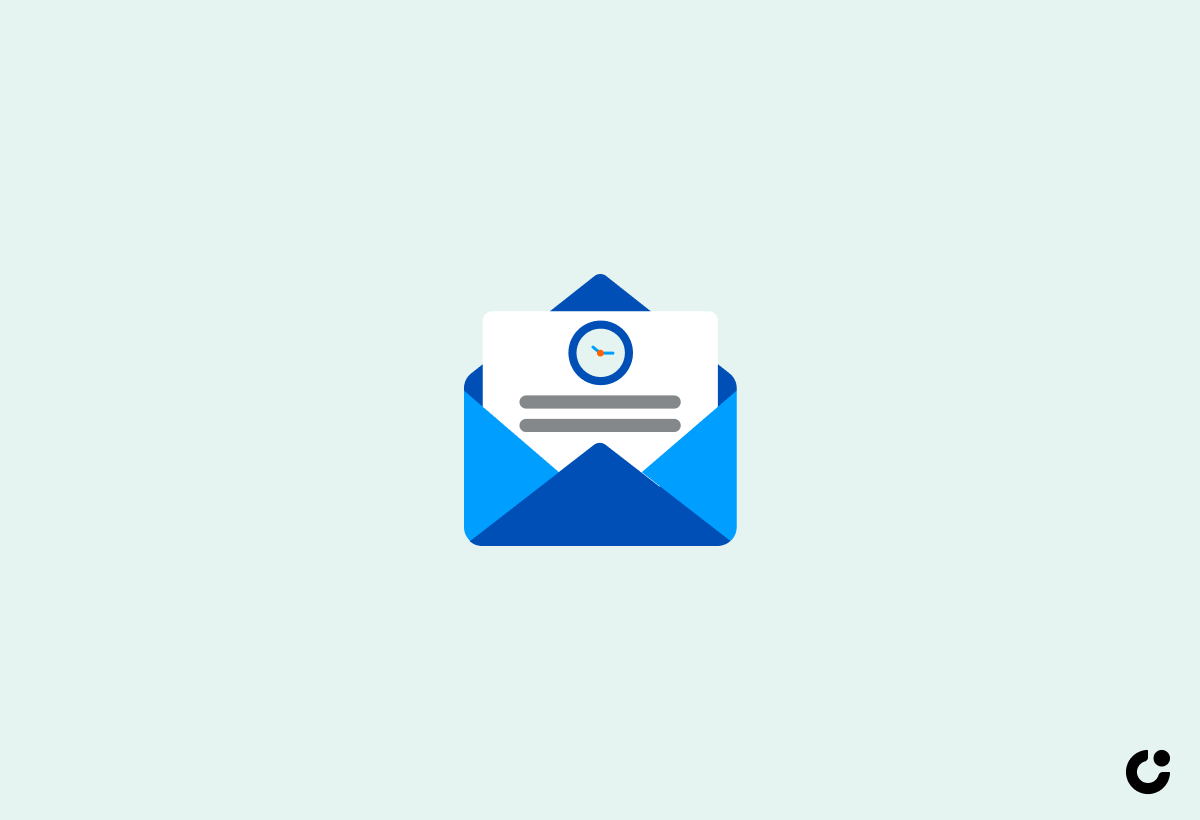
The timing of your follow-up emails can significantly impact their effectiveness. Research suggests that Tuesdays and Thursdays are optimal times to send follow-up emails, with early mornings and late afternoons often being the busiest times for executives. Additionally, it’s advisable to wait 3-5 business days before sending a follow-up email to avoid overwhelming the recipient.
When planning your follow-up emails, consider the executive’s time zone and schedule to ensure your message reaches them at a convenient time. By timing your follow-up emails strategically, you’ll increase the likelihood of receiving a response and keep the conversation moving forward.
Vary Your Follow-up Content
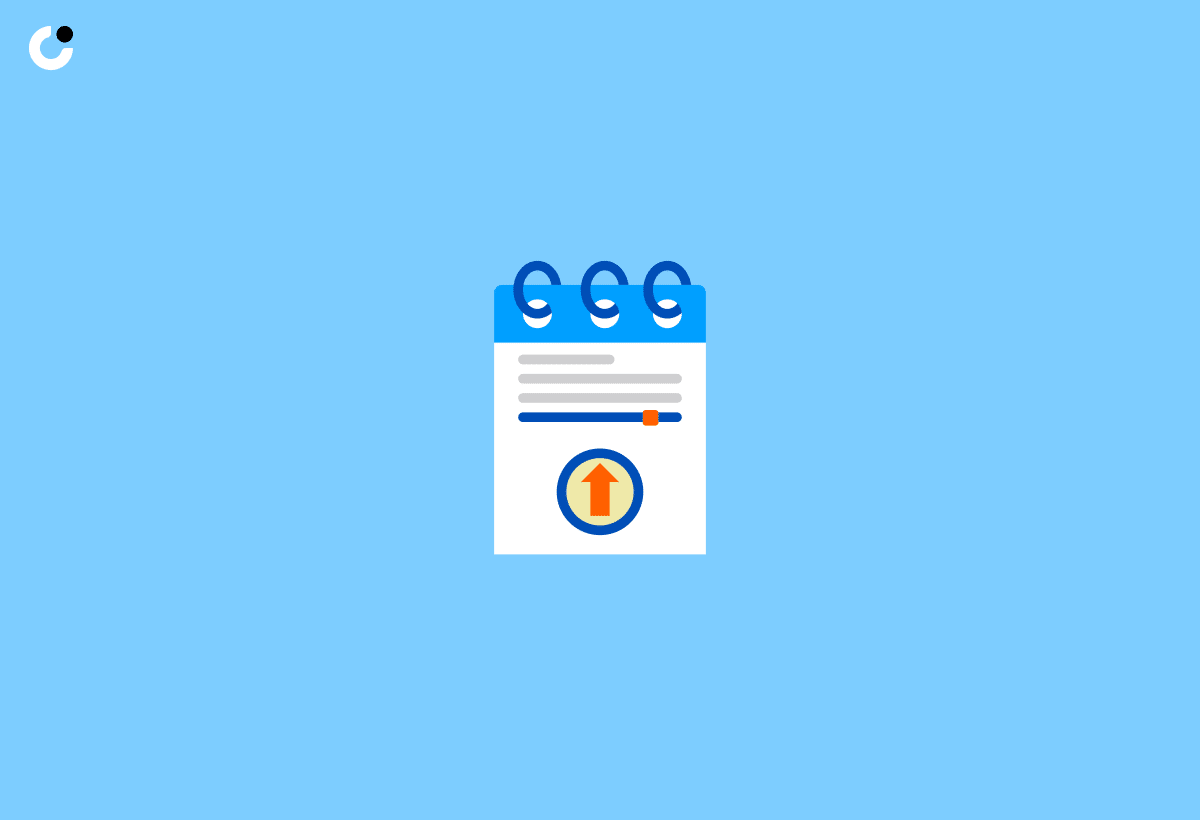
To maintain engagement and keep the conversation fresh, it’s important to vary the content and approach of your follow-up emails. Instead of simply reiterating the same message, consider sharing new information, offering additional resources, or addressing any objections the executive may have.
Incorporating storytelling in your follow-up emails can also be an effective way to engage the recipient and make your message more memorable. By using different content and approaches in your follow-up emails, you’ll keep the conversation interesting and increase your chances of success.
Track and Analyze Your Results
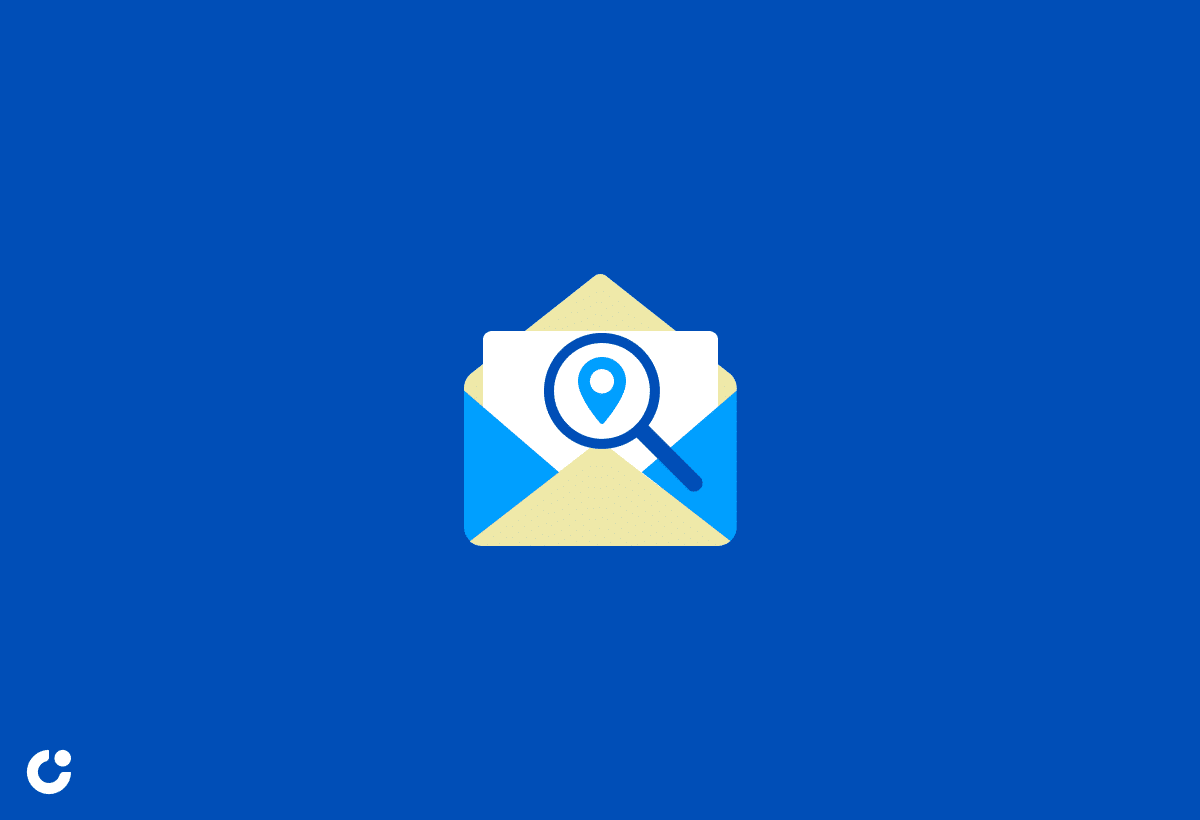
Monitoring the performance of your cold email campaign is crucial for optimizing your strategy and maximizing your chances of success. By tracking key performance indicators (KPIs) such as:
- Open rates
- Click-through rates
- Response rates
- Conversion rates
You’ll gain a better understanding of the effectiveness of your cold email campaign.
Use this data to adjust your strategy by identifying areas of improvement, testing different subject lines and email content, and tailoring your follow-up emails based on the executive’s preferences. By consistently tracking and analyzing your results, you’ll be able to refine your cold email strategy and increase your chances of reaching and engaging C-suite executives.
Cold Email Templates for Targeting C-Suite Executives

Cold email templates can serve as a valuable starting point to craft cold emails that are personalized and targeted towards C-suite executives. By using a template, you can ensure that your email includes all the essential elements needed for success, such as a compelling subject line, a clear value proposition, and a call to action.
Naturally, it’s essential to keep in mind that templates should serve merely as a base and must be tailored to suit the specific needs and preferences of each executive. By combining the structure and guidance provided by a template with your research and personalization efforts, you’ll create a powerful cold email that captures the attention of even the most discerning executives.
Summary
In conclusion, mastering the art of cold emailing C-suite executives requires a combination of compelling subject lines, thorough research, personalization, and persistence. By implementing the strategies and best practices outlined in this guide, you’ll be well-equipped to create impactful and targeted cold email campaigns that resonate with even the busiest executives.
As you embark on your cold emailing journey, remember that the key to success lies in understanding your target audience, crafting messages that address their pain points, and continually refining your strategy based on the results. By doing so, you’ll not only capture the attention of C-suite executives but also foster meaningful connections that can drive your business forward.
Frequently Asked Questions
How do you cold email C-level executives?
Keep it short and to the point when cold emailing C-level executives, focusing on the main message you want to convey without any unnecessary information. Use a professional tone and make a connection with the reader in your first sentence.
Should you cold email a CEO?
Cold emails to CEOs can be beneficial if you have their email address and think they would be interested in your message, but it is not recommended if you do not know the CEO's email address.
What are some effective ways to make a subject line stand out for C-suite executives?
Personalization and an attention-grabbing phrase can make your subject line stand out to C-suite executives.
How can I research C-suite executives beyond their LinkedIn profiles?
Researching C-suite executives beyond their LinkedIn profiles can be done by using other social platforms such as Twitter, Facebook, YouTube, and Instagram, as well as searching for any personal information they have shared, relevant company news, and noteworthy career accomplishments.
How often should I send follow-up emails after the initial cold email?
For optimal results, follow-up emails should be sent every 2-3 days, with a minimum waiting period of 3-5 business days.

